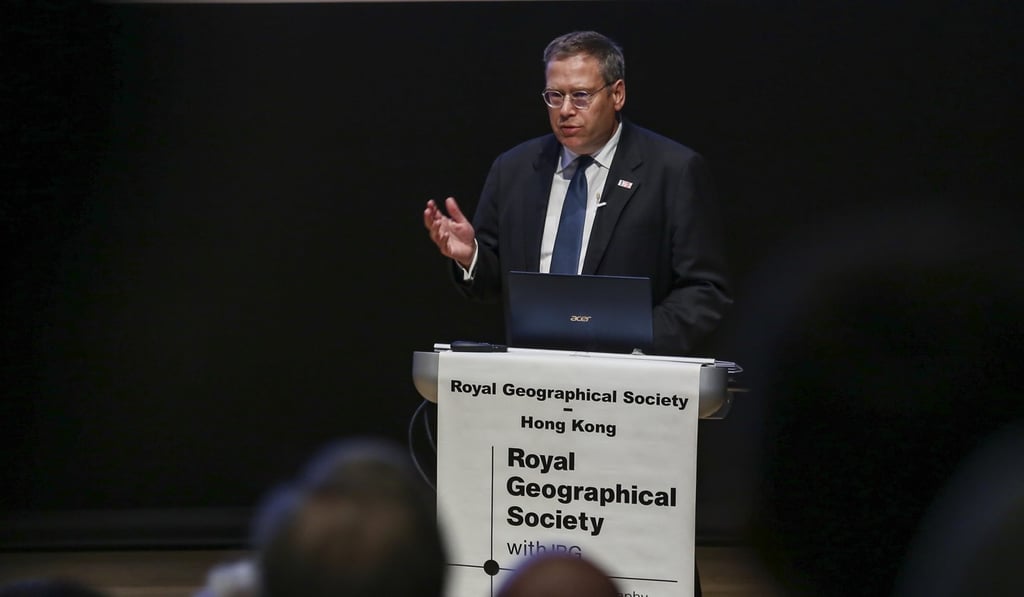‘Bad’ US compound in Hong Kong to get facelift, says Consul General Kurt Tong
- Country’s top man in city says previous remodels have all been bad and building is ‘scruffy inside’

The United States consulate office in the heart of Hong Kong is getting a facelift after the country’s top man in the city said the building was bad.
Located in Central district, the compound has been upgraded several times since it was first built in 1954, but according to Consul General Kurt Tong most of the work was unsightly.
The prime site at 26 Garden Road, estimated to be 308,595 square feet and valued at HK$7.7 billion (US$989 million), was first given to the US in 1950.
“Since the consul general office was moved to a permanent location on Garden Road, we have done some remodelling over the years, most of them were bad,” Tong said on Wednesday, while giving a talk on the US’ 175-year diplomatic history in Hong Kong. “The office gets more scruffy inside.”

Although the relationship between Hong Kong and the US goes back to the mid 19th century, the American presence in the city has grown substantially over the past several decades. Now, according to Tong, there are about 100 Americans and 200 local people working at the consulate compound.
US diplomatic ties with Hong Kong began in 1843, when it appointed Thomas Westbrook Waldron as its first consul.